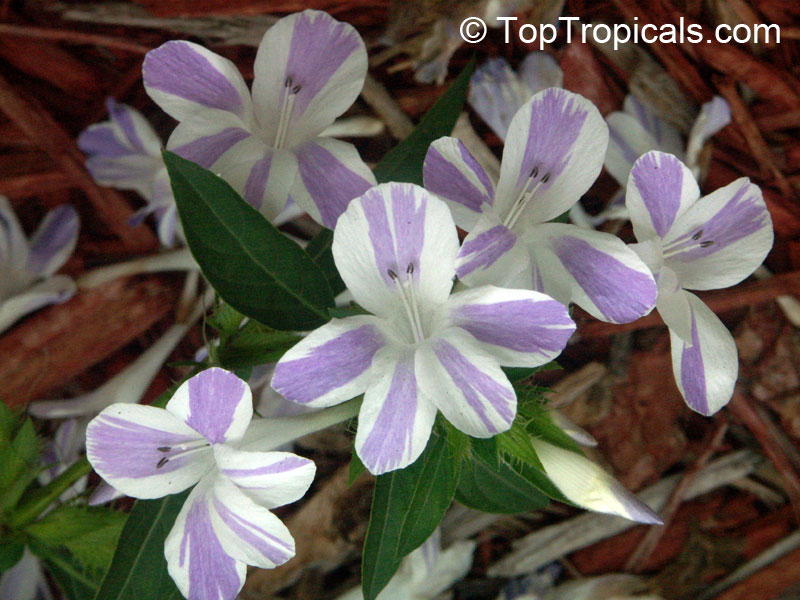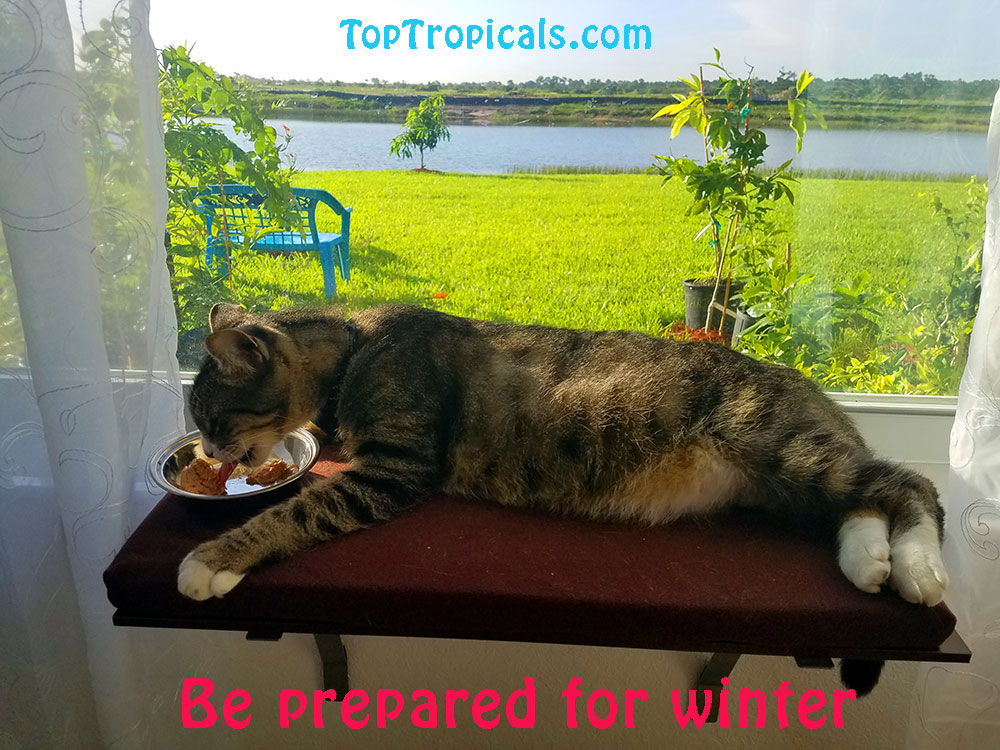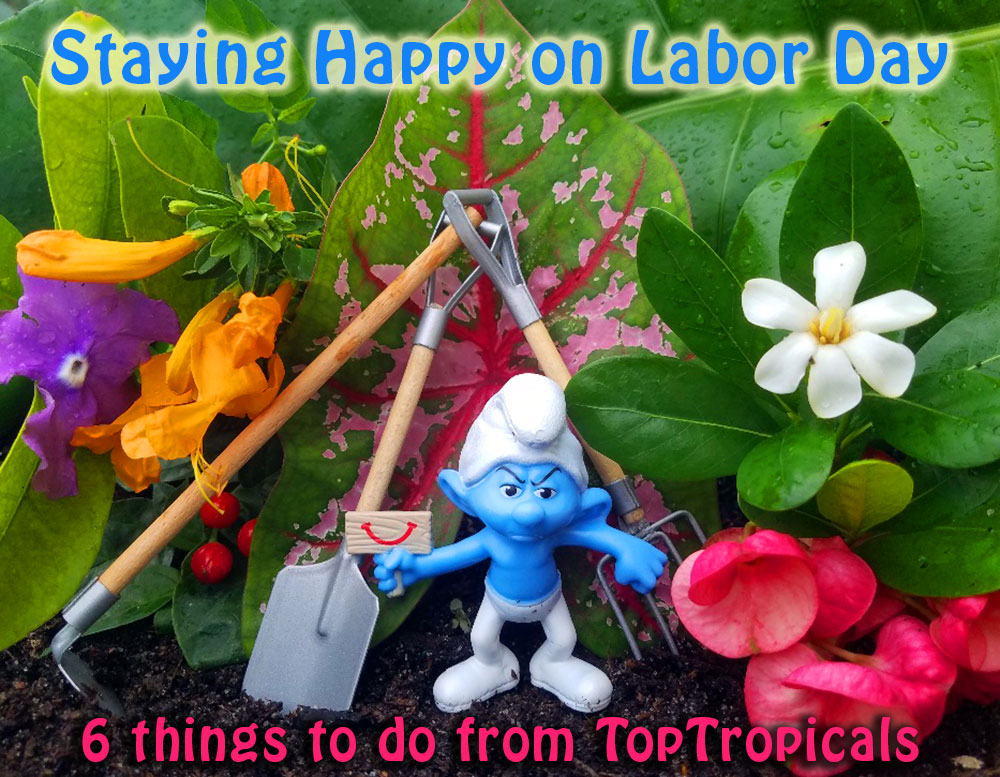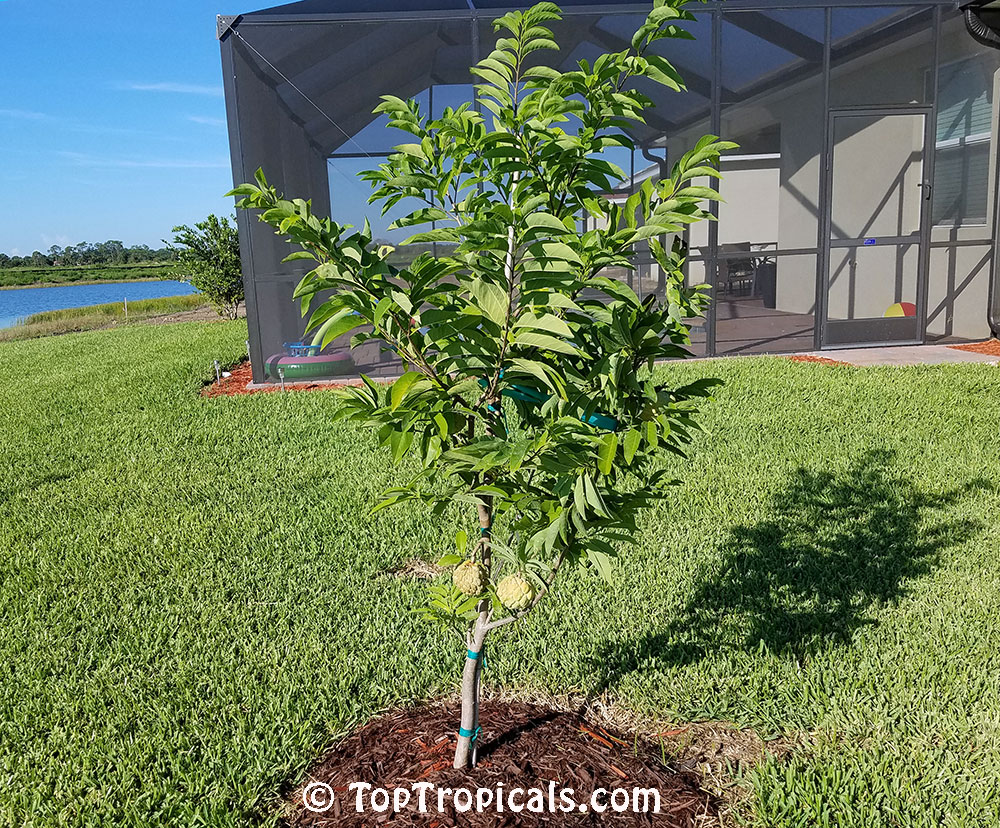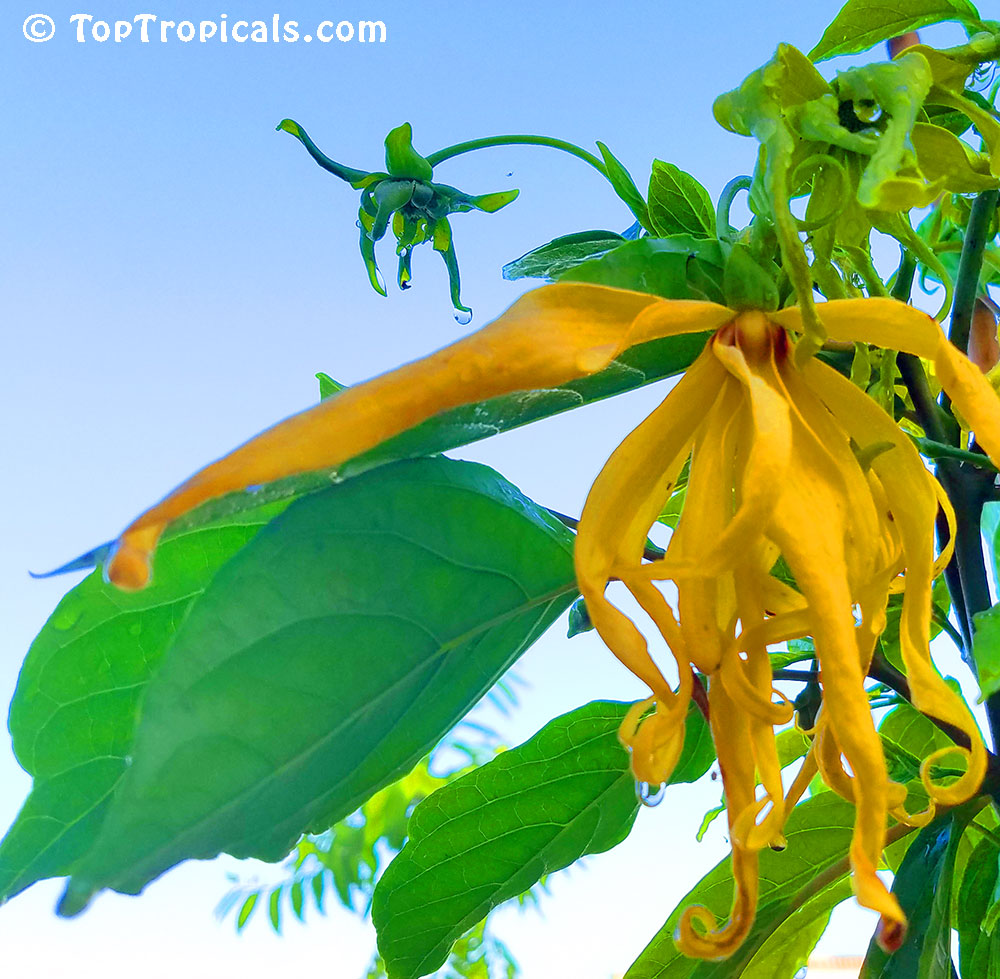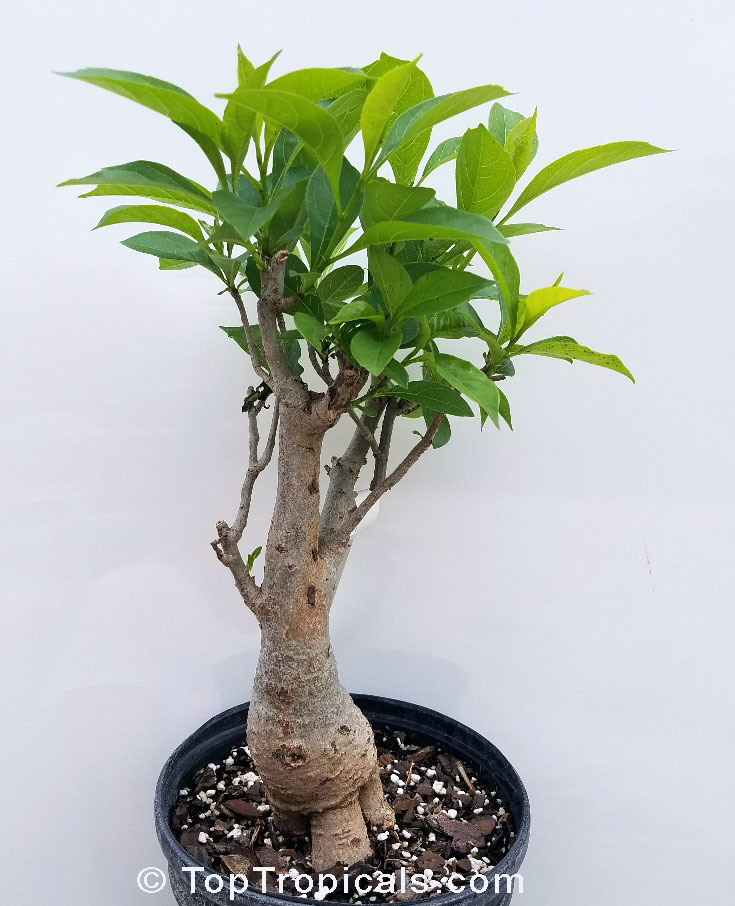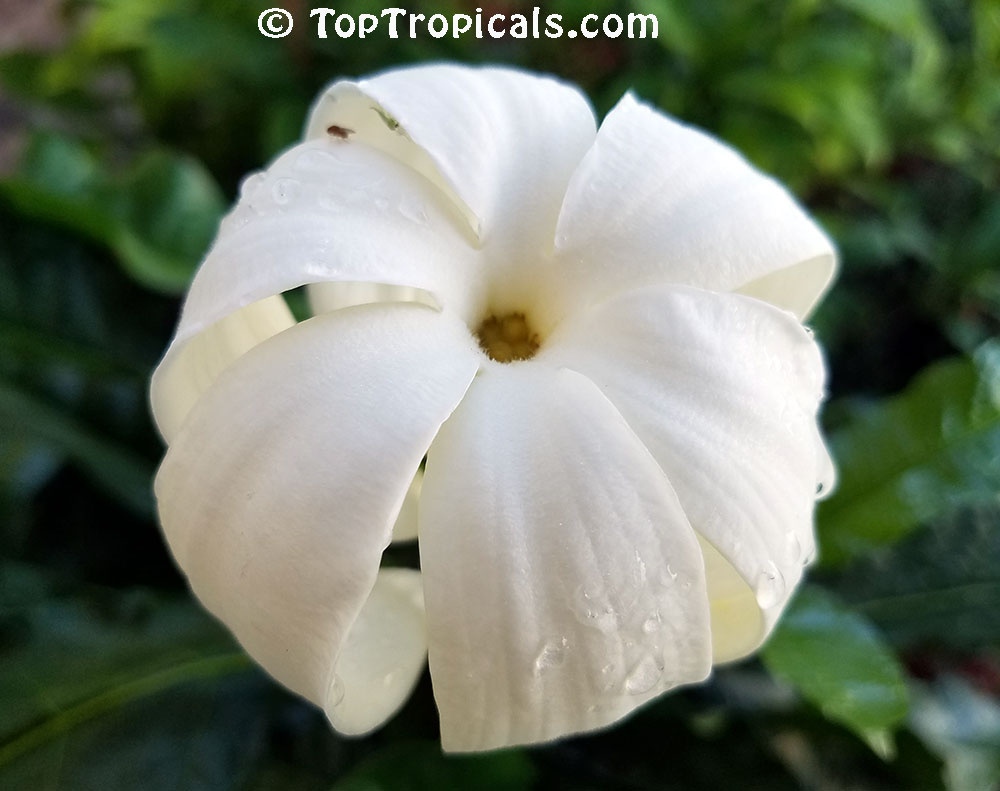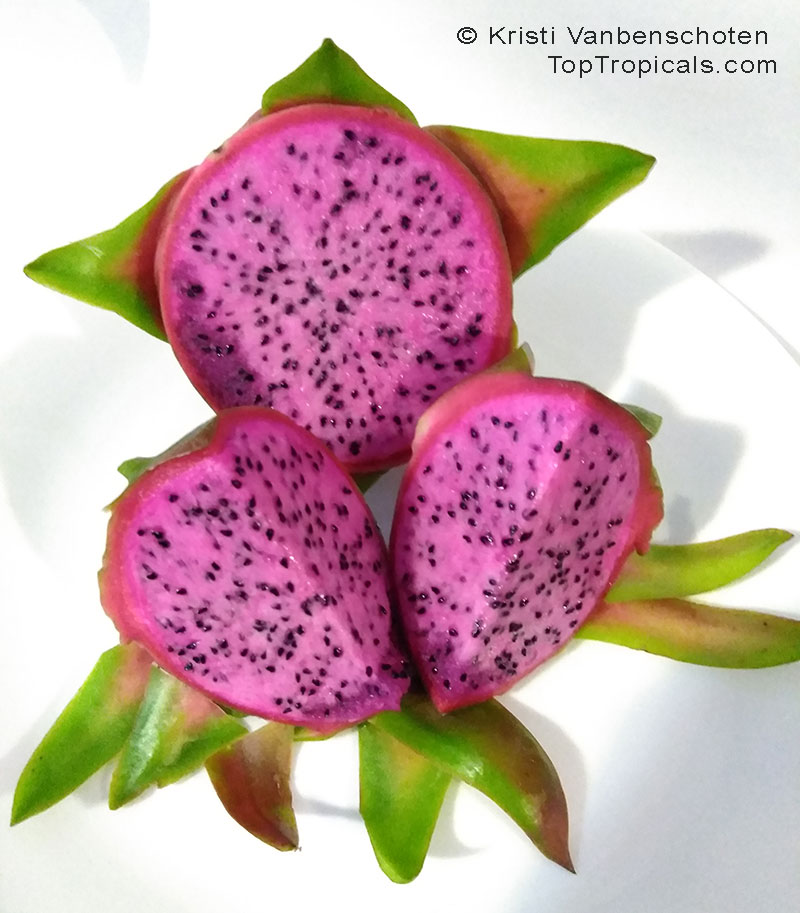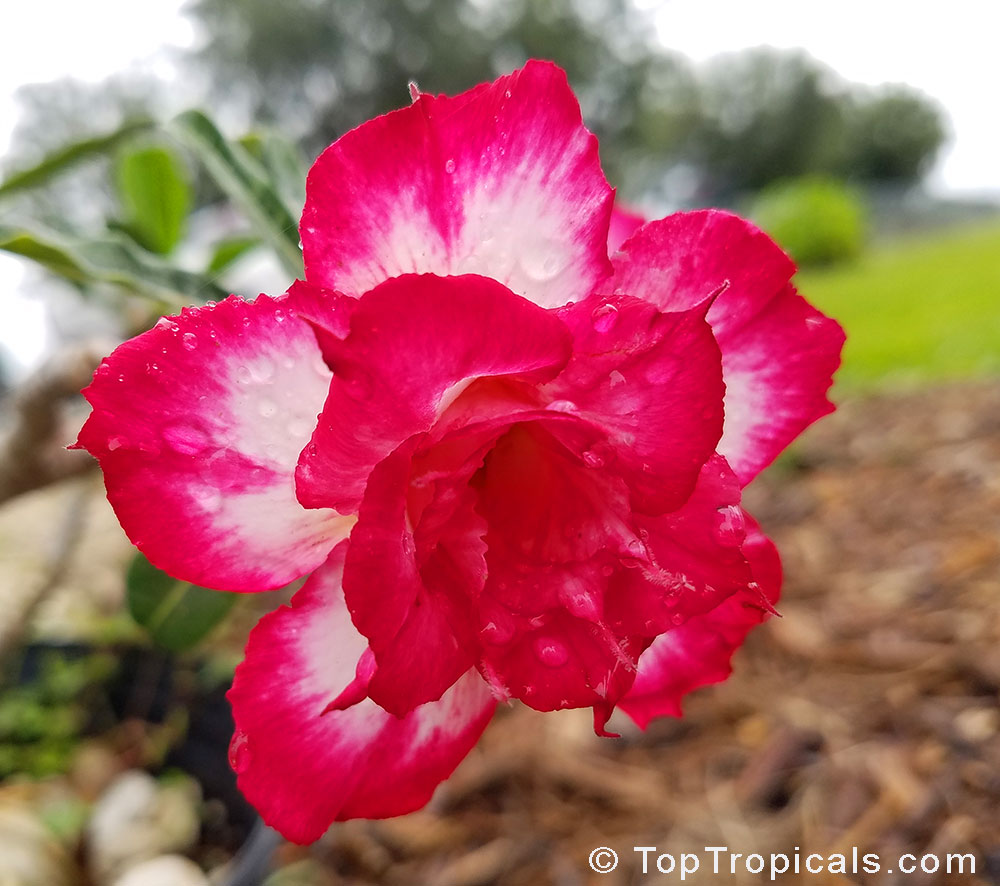Date:
6 reasons to buy tropical plants in Fall
1) Easy planting. No sweat. Enjoy your gardening fun during cooler weather!
2) Easy shipping. With cooler weather, there are less chances for the mail order plants to get overheated in transit or at your doorstep in case you miss the delivery. But don't wait too long, another few weeks and too much cold will put another restriction for deliveries up North.
3) Easy establishing. Stress-free roots = stress-free plants = happy gardeners. Cooler weather is always better for planting and quick establishing.
4) Easy maintenance. Plant growth rate slows down during cool period, so your garden maintenance will be minimal.
5) Winter bloomers will brighten your days! Look at these winter-flowering plants that create a spectacular show during Fall-Winter in subtropical climates. If you grow them as houseplants, this is your chance to have flowers in Winter!
6) House plants Many tropical species suitable for indoor cultivation are available year round, but when you buy them in Fall - they are in their fullest and best shape after Summer vigorous growth.
One the photo: Barleria cristata Striped Lavender Lace.
